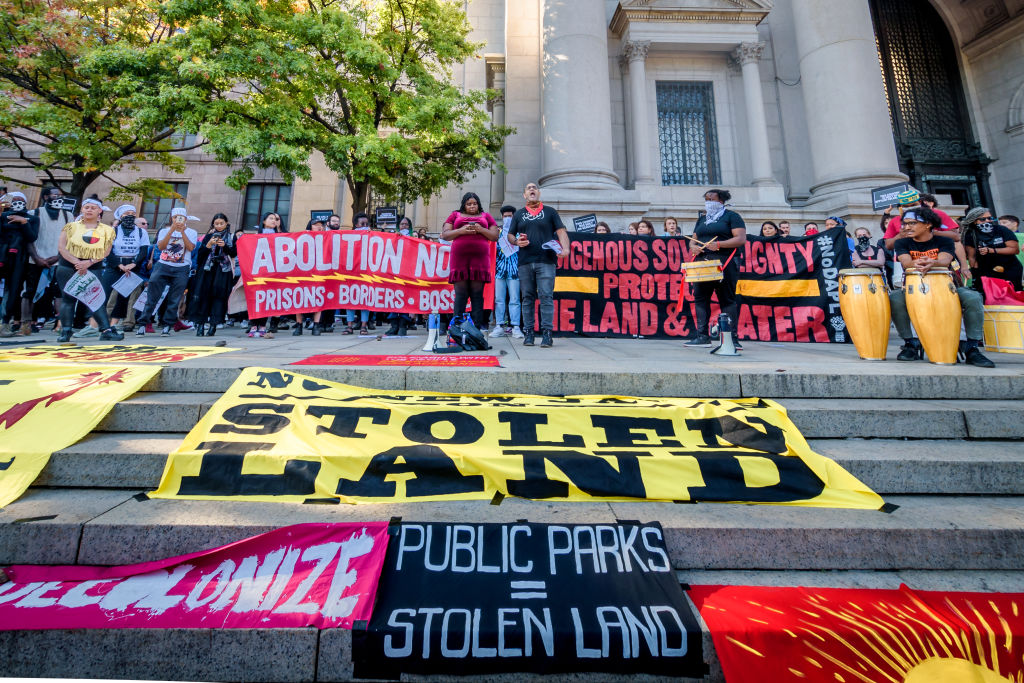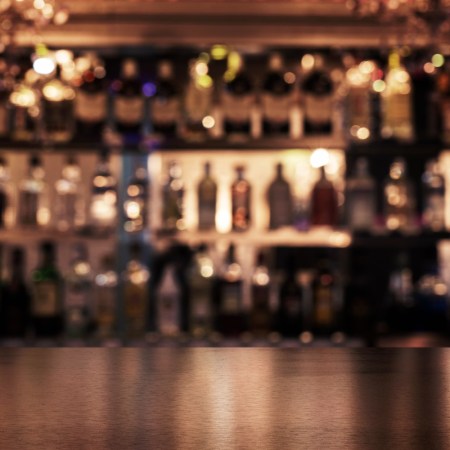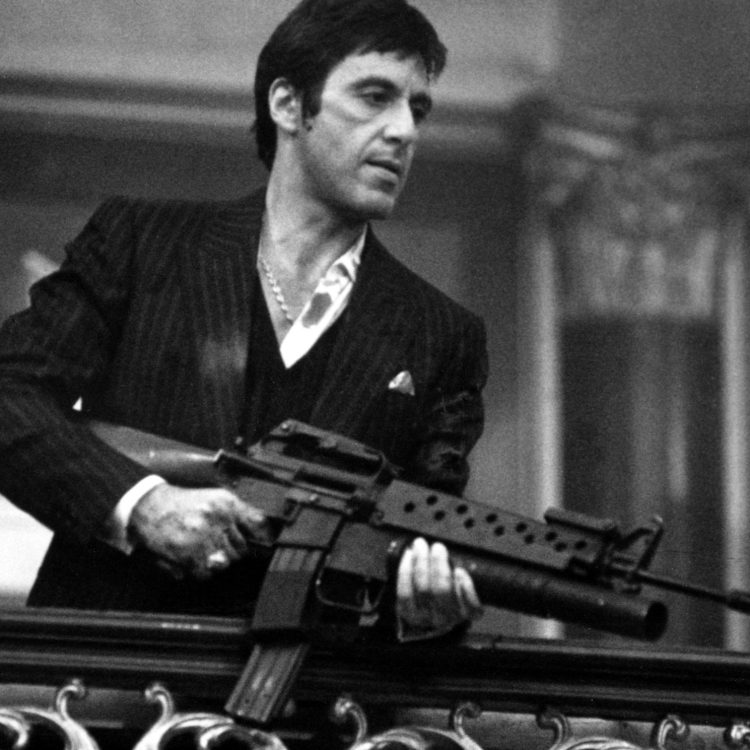Museums across the world are currently struggling with the question of operating more ethically. In some cases, this can involve returning art taken during colonialist periods to its countries of origin; in others, it might mean finding the rightful owners of art stolen by the Nazis. It’s a new era for many museums and institutions, and one that raises a whole new set of challenges.
As a recent article in The Art Newspaper by Gabriella Angeleti points out, museums in North America are navigating through especially challenging waters right now. Why? Because of the role of Indigenous art and artifacts in many museums located on the continent — objects that may not have been obtained through proper channels, and which might be displayed in ways contrary to their intended purpose.
Curator Patricia Marroquin Norby, the associate curator of Native American art at the Metropolitan Museum of Art, neatly summarized the state of the field. “[M]useums and other cultural institutions are undergoing a major transformation of historical proportion by publicly acknowledging their own colonial legacies and reckoning with long-term institutional practices that have created long separations between collections and source communities,” Norby told The Art Newspaper.
To cite one example, a recent New York Times article about the Theodore Roosevelt statue slated to be removed from outside of the American Museum of Natural History noted that the museum “has also been re-evaluating displays in its halls” relating to Indigenous people and cultures. They’re far from alone in this — and in many cases, that represents updates that have long needed to take place.
Thanks for reading InsideHook. Sign up for our daily newsletter and be in the know.


















